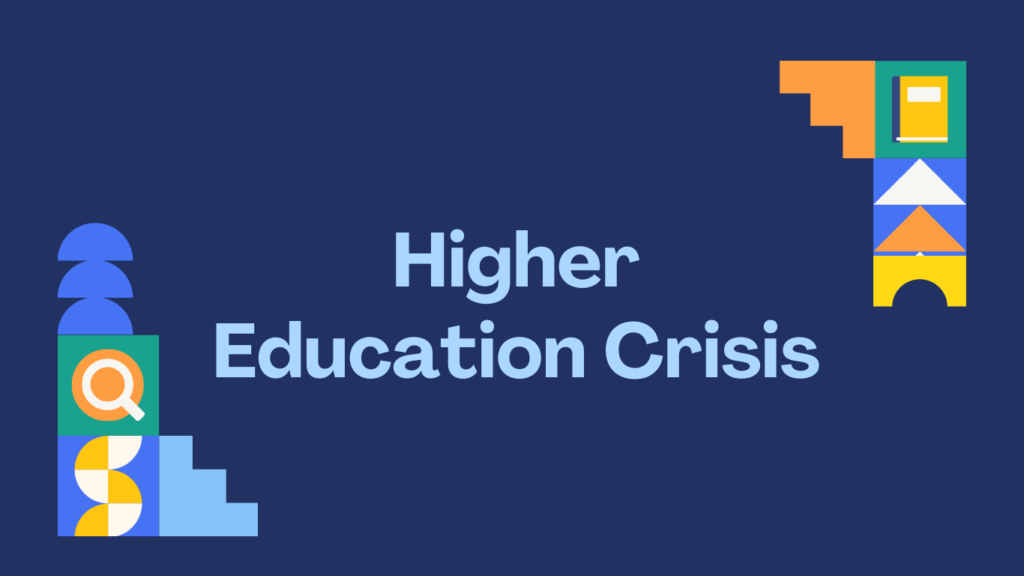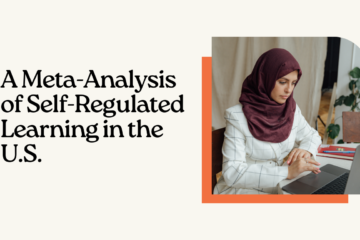The U.S. educational Crisis refers to the complex and interconnected problems affecting America’s education system. For decades, the nation’s schools and universities have faced significant challenges, including underfunding, inequality, declining student performance, and rising costs of higher education. These issues have long-lasting consequences for students, teachers, and the country as a whole, stifling the potential for economic growth and social mobility. In this article, we’ll explore the key drivers of the crisis, including public school funding, teacher shortages, education inequality, and more, while discussing possible solutions to help reform the system.
Introduction to the U.S. Education System
The U.S. education system was once celebrated as a pillar of democracy, promoting equality of opportunity. However, over time, it has become a reflection of growing social and economic divides. Education institutions now face mounting issues such as public school funding disparities, inadequate resources, and teacher shortages, which have left the system in disarray. The increasing focus on standardized testing, combined with systemic education inequality, has led to widening achievement gaps between students from different backgrounds.
The U.S. educational crisis is not just a K-12 issue; it also extends to higher education, where rising tuition fees and the student debt crisis have made college education unaffordable for many. As we explore these challenges, we will see how they are interconnected and contribute to the ongoing decline of the American education system.
Key Factors Driving the Educational Crisis
Public School Funding
One of the primary causes of the U.S. educational crisis is the uneven distribution of public school funding. Schools in affluent areas, funded largely by local property taxes, receive significantly more resources than those in low-income communities. This has resulted in underfunded schools, where students lack access to up-to-date textbooks, technology, and extracurricular programs.
A key indicator of the severity of the problem is the education funding disparities between urban and rural areas, as well as between states. Without adequate resources, schools struggle to provide a quality education, exacerbating the achievement gap and perpetuating cycles of poverty.
Teacher Shortages
The U.S. is currently facing a significant teacher shortage, with many states struggling to fill teaching positions, particularly in subjects such as math, science, and special education. Teacher retention issues are exacerbated by low salaries, heavy workloads, and a lack of professional support, leading to high turnover rates.
The teacher pay crisis has led to teacher union strikes in states like Oklahoma, Arizona, and west Virginia, where educators are fighting for better wages and working conditions. If these shortages are not addressed, schools will continue to face challenges in maintaining quality education, particularly in underserved areas.
Education Inequality
The U.S. education system is plagued by education inequality, which manifests in the unequal access to resources, quality teachers, and extracurricular opportunities between affluent and low-income students. This inequality is particularly stark when it comes to racial disparities in education, where Black, Hispanic, and indigenous students often attend underfunded and underperforming schools.
The Common Core controversy and school choice debate have further highlighted these disparities. While proponents of school choice argue that it gives parents more options, critics say it exacerbates inequality by diverting resources from public schools to charter schools, which can operate with different standards and often lack transparency.
Standardized Testing Problems
Standardized testing has long been a contentious issue in the U.S. education system. Introduced to measure student performance and hold schools accountable, it has instead led to a narrowing of the curriculum, with teachers often “teaching to the test” rather than focusing on broader skills like critical thinking.
Critics argue that the emphasis on testing has deepened the achievement gap and disproportionately harmed low-income and minority students. Moreover, schools that consistently underperform on standardized tests risk losing funding, further disadvantaging already struggling schools.
School-to-Prison pipeline
The school-to-prison pipeline is a troubling aspect of the educational crisis. It refers to the policies and practices that push students, particularly minority and low-income students, out of the classroom and into the criminal justice system. Harsh disciplinary policies, like zero-tolerance rules, disproportionately affect Black and Latino students, leading to higher rates of suspensions, expulsions, and arrests.
Once these students are removed from the education system, their chances of success in life diminish, often resulting in a cycle of poverty and incarceration.
Higher Education Crisis

Student Debt Crisis
The student debt crisis has reached alarming levels in United States, with over $1.7 trillion in the student loans owed by Americans. As tuition fees at colleges and universities have soared, students are forced to take on significant debt to finance their education. Many graduates are struggling to repay their loans, which affects their ability to purchase homes, start families, and contribute to the economy.
The student loan forgiveness debate has gained traction, with proponents arguing that wiping out student debt could help millions of Americans, while critics claim it would be unfair to those who have already repaid their loans.
College Affordability
In addition to student debt, college affordability is a major issue. Rising tuition fees and the cost of living make higher education increasingly out of reach for many families. Without adequate financial aid or scholarships, students from low-income backgrounds struggle to attend college, which further widens the inequality gap.
School Segregation
Despite efforts to desegregate schools in the 20th century, school segregation remains a significant issue in the U.S. Racial disparities in education are still prevalent, with Black and Latino students often attending underfunded schools with fewer resources. The concentration of poverty in certain neighborhoods has contributed to the re-segregation of many schools, exacerbating the achievement gap and limiting opportunities for minority students.
Systemic Failures in K-12 Education
Curriculum Reforms
Curriculum reform is another key issue in the U.S. education crisis. Many argue that the current curriculum is outdated and does not adequately prepare students for the demands of the 21st-century workforce. There is a growing call for more focus on STEM (Science, Technology, Engineering, and Math) education, as well as skills like critical thinking, problem-solving, and collaboration.
STEM Education Gaps
The gap in STEM education is another significant challenge. The U.S. has fallen behind other developed nations in math and science education, which has long-term implications for the country’s economic competitiveness. Students from underserved communities are often denied access to high-quality STEM programs, further widening the opportunity gap.
Pandemic Impact on U.S. Education
The COVID-19 pandemic has exacerbated many of the existing problems within the U.S. education system . Online learning challenges were particularly pronounced for students in low-income areas, who often lacked access to reliable internet and digital devices. The digital divide in education became starkly evident during the pandemic, highlighting the inequalities that have long plagued the system.
School closures also disrupted mental health in schools, with many students facing increased stress, anxiety, and depression as they struggled to adapt.




0 Comments